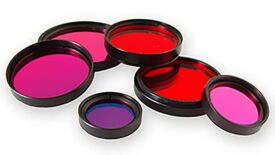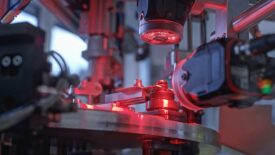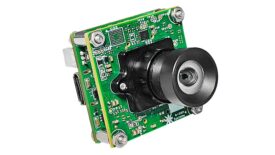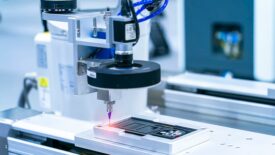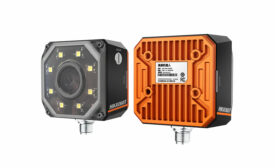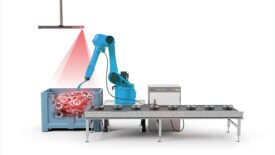Vision & Sensors
Vision & Sensors | Optics
Choosing the right optical setup is critical to minimizing errors and ensuring that dimensional measurements are repeatable and reliable.
Read More
Vision & Sensors | Lighting
The Critical Role of Wavelength and Filters in Machine Vision Illumination
Harnessing light’s hidden powers for precision inspection goes beyond the spectrum of visible light
April 3, 2025
Vision & Sensors | Deep Learning
A Wrong Vision of Efficiency
Our obsession with efficiency is killing our effectiveness in deep learning machine vision.
April 2, 2025
Vision & Sensors | Cameras
How RGB-IR Cameras Are Transforming Medical Imaging
Modern medical imaging systems can leverage the strengths of both spectra, leading to improved diagnostic capabilities and superior imaging across various medical use cases.
April 1, 2025
Machine Vision
Do I Need a System Integrator for My Machine Vision Application?
How to choose between in-house development and system integration
March 27, 2025
Robotics
Automated Bin-Picking: The Latest Way Automakers are Overcoming Manufacturing Challenges
New advancements in vision-guided robotics are enabling auto industry players to eliminate a lingering friction point in an otherwise highly automated, highly efficient process.
March 24, 2025
Vision & Sensors | Trends
Machine Vision Trends: Evolution of Hardware, Software, and Applications
As these trends mature, the potential for machine vision to redefine industrial operations remains boundless.
February 5, 2025
Vision & Sensors | Machine Vision 101
Understanding the Role of Machine Vision and Ethernet Switches in GigE Vision Imaging Systems
The configuration of any machine vision system is dictated by the application’s demands, which include resolution, field of view, frame rate, speed of production, and interface requirements.
February 4, 2025
Stay in the know with Quality’s comprehensive coverage of
the manufacturing and metrology industries.
eNewsletter | Website | eMagazine
JOIN TODAY!Copyright ©2025. All Rights Reserved BNP Media.
Design, CMS, Hosting & Web Development :: ePublishing

